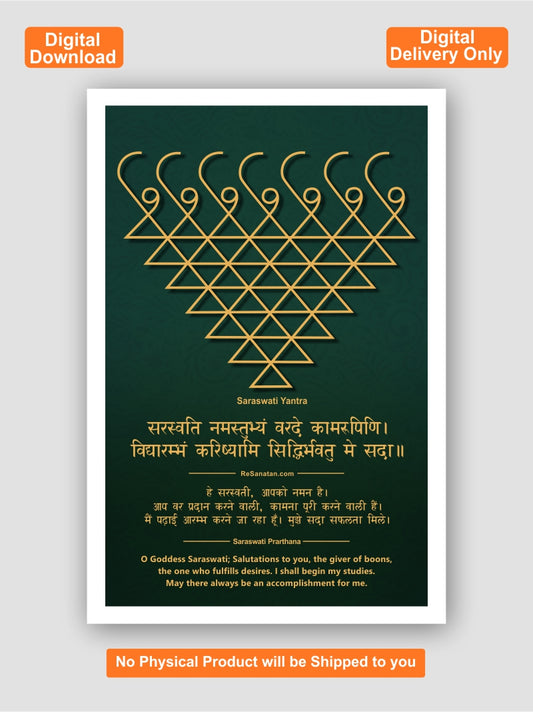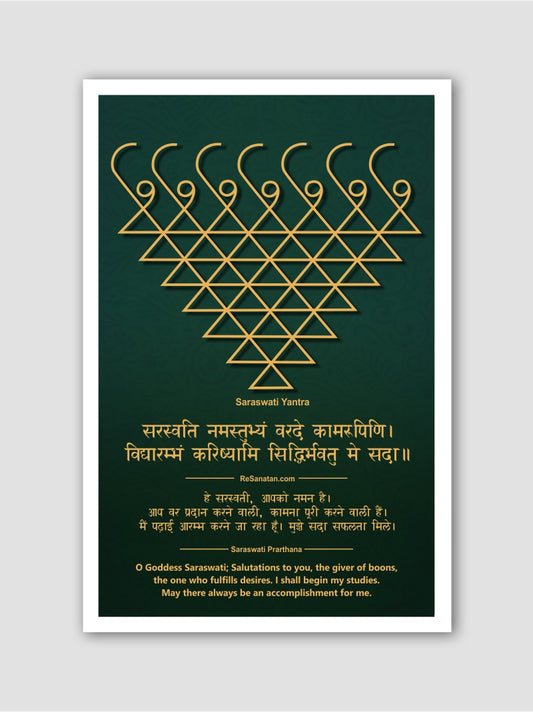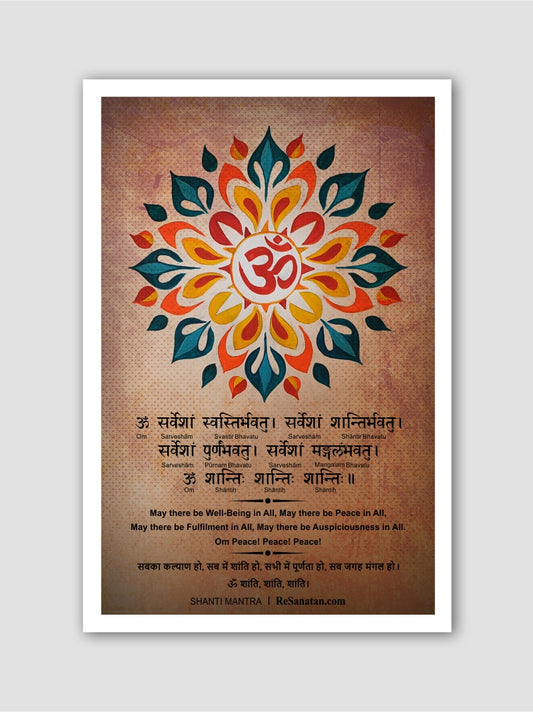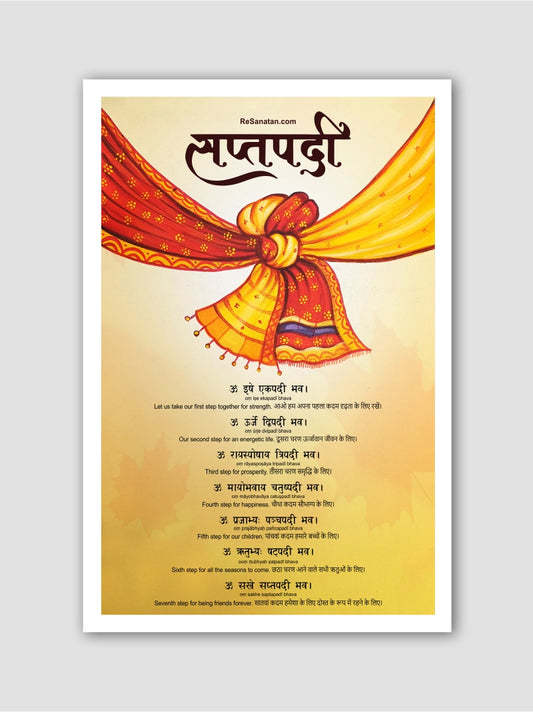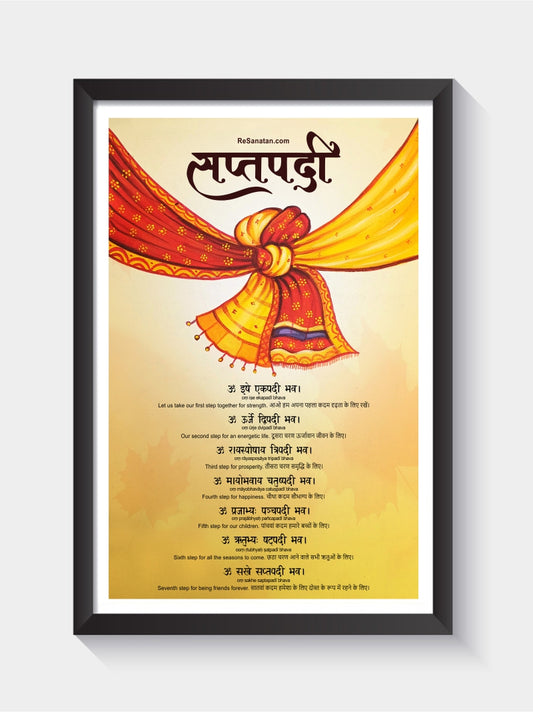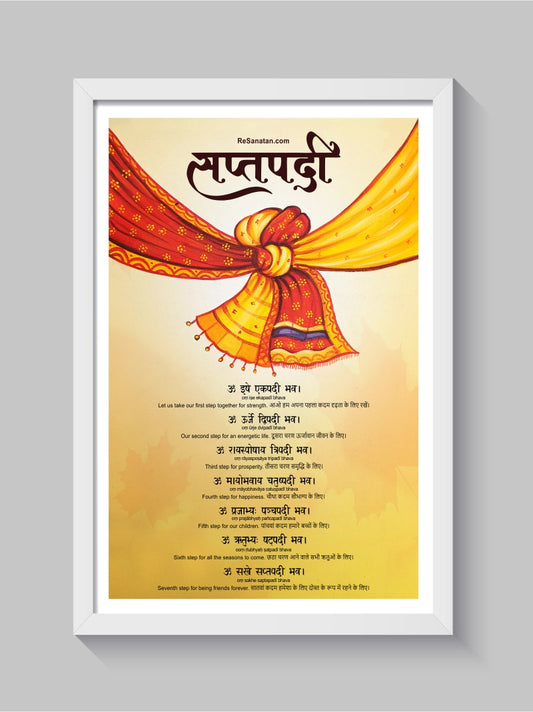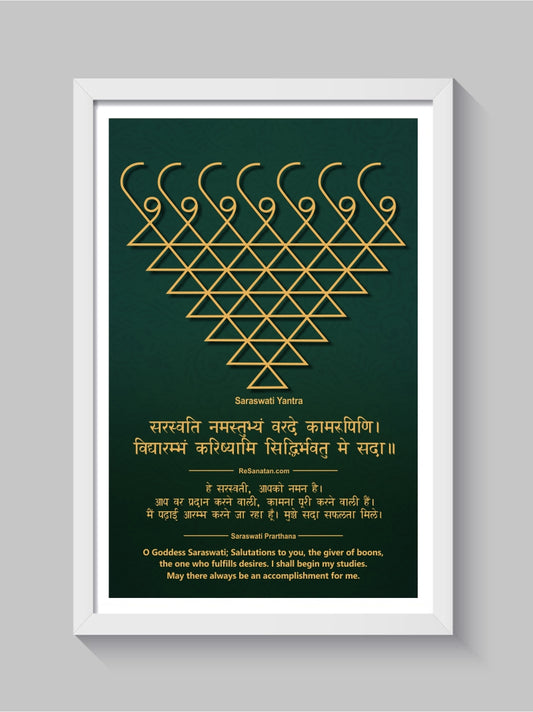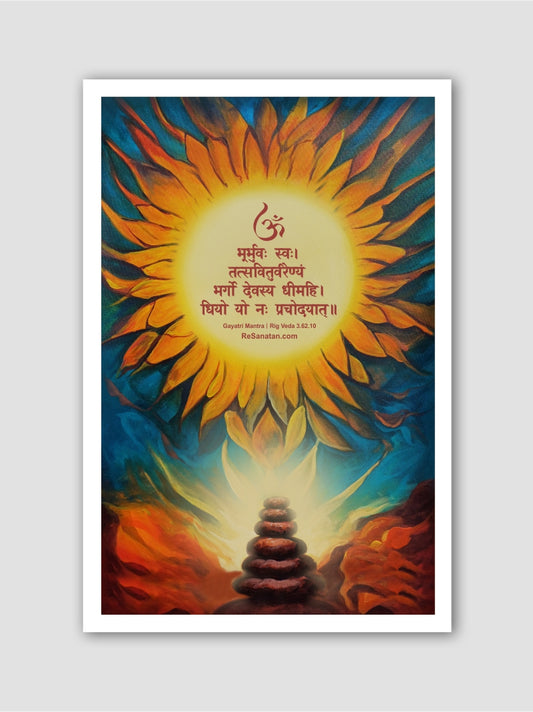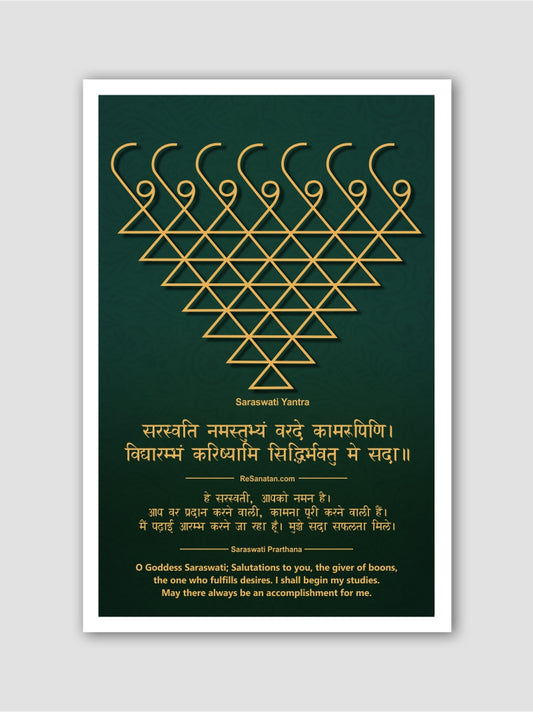Hinduism, one of the world’s oldest religions, is deeply rooted in spirituality and rich traditions. Among these, Sanskar (or Samskara) refers to the essential rites of passage that accompany an individual through the various stages of life. These rituals purify, sanctify, and prepare a person for their responsibilities and spiritual growth. Each Sanskar marks a significant event in life, from conception to death, and is imbued with spiritual significance.
According to Hindu scriptures, there are 16 Major Sanskars, each designed to help a person fulfill their duty or dharma at different life stages. These rites are believed to elevate the soul and create harmony between the individual, society, and the cosmos. Let’s explore these 16 Sanskars in detail.
1. Garbhadhana Sanskar (Conception)
The journey of life begins even before birth, with the Garbhadhana Sanskar. This ritual is performed after marriage to ensure the conception of a virtuous and spiritually gifted child. The Garbhadhana ritual involves prayers and offerings to bless the union and invoke positive energies for the future child.
Significance: It symbolizes the sanctity of procreation and the desire to bring forth righteous offspring who contribute to society.
2. Pumsavana Sanskar (Ensuring the Health of the Fetus)
Performed during the third or fourth month of pregnancy, the Pumsavana Sanskar is a prayer for the health and protection of the unborn child. Traditionally, it was also intended to ensure the birth of a male child, but modern interpretations focus on the well-being of the fetus.
Significance: It promotes the physical and spiritual health of the child and protects against potential complications during pregnancy.
3. Simantonnayana Sanskar (Baby Shower)
This Sanskar is celebrated in the seventh or eighth month of pregnancy. It is the Hindu equivalent of a baby shower, where prayers are offered for the safety and well-being of the mother and the unborn child. Friends and family gather to bless the expectant mother, and rituals are performed to ensure a smooth and healthy delivery.
Significance: It provides emotional and spiritual support to the mother, offering her strength and positivity during the final stages of pregnancy.
4. Jatakarma Sanskar (Birth Ritual)
Jatakarma Sanskar is performed immediately after the child’s birth. This sacred rite involves the father whispering a sacred mantra into the newborn’s ear, seeking blessings for the child’s intellect and spiritual growth. Honey and ghee are often given to the baby as part of the ritual.
Significance: It celebrates the child’s entry into the world and blesses them with divine protection, health, and intelligence.
5. Namakarana Sanskar (Naming Ceremony)
The Namakarana Sanskar is the naming ceremony, performed on the 11th or 12th day after the birth of the child. The name is often chosen based on the position of the stars or astrological calculations at the time of birth. The ceremony is attended by family and friends, who bless the child.
Significance: A name is more than just an identity; it is believed to influence the child’s destiny, personality, and future.
6. Nishkramana Sanskar (First Outing)
Nishkramana Sanskar marks the first time the child is taken outside the home, usually in the fourth month after birth. During this ritual, the baby is introduced to the sun and the natural environment, symbolizing the child's entry into the larger world.
Significance: It signifies the child's connection to the outside world and the elements, ensuring their health and well-being under the protection of nature.
7. Annaprashana Sanskar (First Feeding of Solid Food)
The Annaprashana Sanskar, typically performed when the child is six months old, marks the first time the baby is fed solid food. Rice is traditionally the first food given to the child, along with prayers for strength, health, and vitality.
Significance: It marks the transition from breastfeeding to solid food, symbolizing growth and physical nourishment.
8. Chudakarana Sanskar (Head Shaving Ceremony)
The Chudakarana Sanskar, also known as Mundan, is the ritual where a child’s hair is shaved for the first time, usually performed between the ages of one and three. Shaving the head is believed to purify the child and remove any negativity from past lives.
Significance: It symbolizes the purification of the body and mind, paving the way for fresh spiritual and intellectual growth.
9. Karnavedha Sanskar (Ear Piercing Ceremony)
Karnavedha Sanskar involves the piercing of the ears, a tradition performed on both boys and girls at an early age. This practice is believed to have health benefits, improving hearing and intellectual capacity.
Significance: Ear piercing is considered an act of purification, promoting physical health and spiritual alertness.
10. Upanayana Sanskar (Sacred Thread Ceremony)
Upanayana is one of the most significant Sanskars in Hinduism, marking the initiation of a child, particularly a boy, into formal education and spiritual practice. In this ritual, the child is given a sacred thread, symbolizing their commitment to learning the Vedas and other scriptures. The child is also taught the Gayatri Mantra, a powerful prayer in Hinduism.
Significance: It represents the beginning of a disciplined life focused on education, spirituality, and moral responsibilities.
11. Vedarambha Sanskar (Beginning of Vedic Study)
This Sanskar is performed when the child begins formal Vedic studies. The student is taught the scriptures, the importance of truth, and the pursuit of knowledge under the guidance of a Guru.
Significance: It marks the intellectual and spiritual development of the child and reinforces their commitment to learning and dharma.
12. Keshanta or Godana Sanskar (First Shaving)
Keshanta marks the first time a young boy shaves his facial hair, symbolizing the transition from adolescence to adulthood. It is a rite of passage indicating physical and mental maturity. In some traditions, this rite also signifies the completion of the Brahmacharya phase, during which the individual lived a life of discipline and celibacy.
Significance: It signifies the readiness of the individual to take on adult responsibilities and societal roles.
13. Samavartana Sanskar (Graduation Ceremony)
Samavartana is the ceremony that marks the completion of formal education. After finishing studies under the guidance of a Guru, the student returns home and is prepared to take on worldly duties. This marks the end of the Brahmacharya phase and the beginning of the householder's life (Grihastha).
Significance: It marks the transition from a student life of learning and discipline to a worldly life of responsibilities and duties.
14. Vivaha Sanskar (Marriage Ceremony)
Vivaha Sanskar is one of the most important rites in Hinduism, signifying the union of two individuals in marriage. The ceremony involves elaborate rituals and prayers to ensure the couple’s happiness, prosperity, and mutual commitment. Marriage is viewed as a sacred bond where the couple shares their life journey while fulfilling their social and spiritual duties together.
Significance: Vivaha symbolizes the start of family life, partnership, and the continuity of society through righteous offspring.
15. Vanaprastha Sanskar (Retirement to Forest Life)
Vanaprastha Sanskar marks the beginning of the stage where an individual retires from worldly responsibilities and material pursuits. This is the third stage of life, where the person, often with their spouse, withdraws from societal life to focus on spiritual practice, meditation, and preparing for the final liberation of the soul.
Significance: It represents detachment from material life and a focus on spiritual growth.
16. Antyeshti Sanskar (Funeral Rites)
Antyeshti, or the final rite, is the funeral ritual that marks the soul’s passage from the physical world. The body is cremated, symbolizing the return of the physical elements to the earth. Prayers are offered for the peaceful journey of the soul and its eventual liberation or rebirth, depending on its karma.
Significance: It represents the completion of the life cycle and the hope for the soul’s liberation (Moksha).
Conclusion
The 16 Sanskars in Hinduism are not merely rituals; they are sacred milestones that sanctify each phase of life, from conception to death. These rites are designed to bring spiritual awareness and moral discipline to every step of life’s journey, helping an individual to live in harmony with dharma, society, and the divine. By adhering to these rites, a person can aspire for both worldly success and spiritual fulfillment, ultimately leading to Moksha – liberation from the cycle of birth and death.




